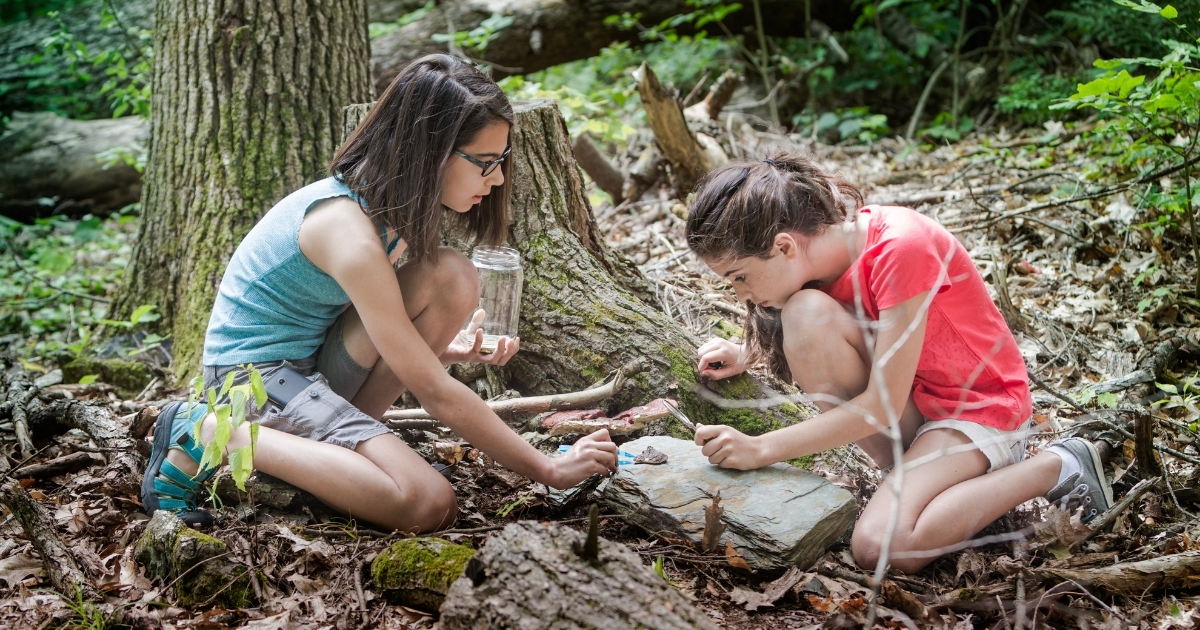The Charlotte Mason homeschool method has gained a devoted following for its gentle yet effective approach to education. Rooted in the idea that children are individuals deserving of respect and a rich education, this method focuses on cultivating a love for learning in a nurturing environment. For parents considering homeschooling or those seeking alternatives to rigid curriculums, Charlotte Mason’s philosophies can offer a refreshing perspective.
This blog will explore the core principles of the Charlotte Mason method, practical applications of gentle homeschooling techniques, and specific curriculum ideas you can implement right away.
Understanding the Charlotte Mason Homeschool Method
Charlotte Mason, a British educator from the late 19th and early 20th centuries, believed in educating the whole child—mind, body, and spirit. Her philosophy centers around three key tenets:
1. Education Is an Atmosphere
The home environment plays a critical role in learning. Surrounding children with beauty, meaningful experiences, and good books creates an atmosphere conducive to growth.
2. Education Is a Discipline
Charlotte Mason emphasized the importance of good habits, like attentiveness, diligence, and kindness, as a foundation for lifelong learning.
3. Education Is a Life
Learning should go beyond rote memorization. Education is about feeding the mind with living ideas found in literature, art, music, and nature.
Her approach is often described as holistic and child-centered, making it adaptable for families looking to create a peaceful and meaningful homeschooling experience.
Gentle Homeschooling Techniques Inspired by Charlotte Mason
Gentle homeschooling isn’t about being lax; it’s about respecting your child’s natural rhythms and creating a supportive learning environment. Here are some practical ways to incorporate Charlotte Mason-inspired principles into your routine:
1. Short, Focused Lessons
Children thrive in environments that respect their attention span. Charlotte Mason advocated for lessons that are short—typically lasting 15 to 20 minutes for younger children and gradually increasing to 30-45 minutes for older ones.
This approach prevents burnout, keeps learning enjoyable, and teaches children to focus on their tasks with intention.
2. Habit Training
Developing character and good habits is central to the Charlotte Mason homeschool method. Start with one habit at a time, such as tidiness, kindness, or punctuality.
For instance, if you want your child to practice attentiveness, gently guide them to focus during storytime by pausing to ask engaging questions. Consistency is key, so model the habit you wish to instill and gently correct mistakes without criticism.
3. Narration for Retention
Narration is a technique where children retell what they’ve learned in their own words. After reading a passage from a book or encountering a learning experience, ask your child to explain it back to you.
This method helps develop comprehension, communication skills, and memory while avoiding the stress of formal testing.

Key Components of a Charlotte Mason Curriculum
At the heart of the Charlotte Mason homeschool method is an appreciation for quality over quantity. Instead of relying heavily on traditional textbooks, the method favors living books, real-world experiences, and artful exploration. Here are some elements to include in your curriculum:
- Living Books
Living books are written by passionate authors who bring subjects to life. Instead of dry encyclopedic entries, these books tell stories that spark curiosity and imagination. For history, consider works like “The Story of the World.” For science, books like “The Burgess Bird Book for Children” can ignite interest in nature.
Spending deliberate time outdoors is a staple of this method. Encourage your children to observe, sketch, and write about what they see in a nature journal. Start small—ask them to record the colors of the changing leaves or the different types of birds in your backyard.
- Fine Arts
Rotating through key figures in art, music, and poetry allows children to enjoy culture without being overwhelmed. For example:
-
- Study one artist per term, like Claude Monet, and display a few of their works.
-
- Listen to compositions by classical musicians like Vivaldi or Beethoven.
-
- Memorize and recite poetry from classic authors such as Robert Frost.
- Handicrafts
The curriculum encourages practical, hands-on creativity. Activities like knitting, woodworking, or creating clay sculptures not only teach craftsmanship but also build patience and attention to detail.
What a Typical Charlotte Mason Day Looks Like
A day following the Charlotte Mason method is flexible yet balanced. Here’s an example:
1. Morning Lessons
Begin with short lessons in core subjects like math, reading, and handwriting. Incorporate narration exercises as part of these subjects.
2. Outdoor Time
Spend mid-morning exploring nature or engaging in free play outside.
3. Lunch with Read-Alouds
Gather as a family to read from a living book during lunch. This can be a time to bond over adventure-filled stories or historical tales.
4. Afternoon Exploration
Focus on fine arts, music, or nature studies in the afternoons. Allow children to work on their handicrafts or make entries in their nature journals.
5. Evening Quiet Time
Wind down the day by reciting poetry or enjoying a quiet moment of reflection together.
Consistency is more important than covering every subject every day. Allow space for children to lead their learning through curiosity.
Practical Tips for Getting Started with Charlotte Mason Homeschooling
1. Start Slowly
If Charlotte Mason’s approach feels overwhelming, begin with just one or two elements like reading living books or incorporating short lessons. Build your routine gradually.
2. Create a Home Library
Invest in high-quality living books. Libraries and second-hand shops can also be great sources for rich literature, enhancing your child’s learning experience without breaking the budget.
3. Keep Records Creatively
Replace traditional workbooks with creative alternatives like journals, portfolios of artwork, or photographed projects. These not only serve as wonderful keepsakes but also offer a deeper insight into your child’s progress.
4. Join a Community
Many families have embraced the Charlotte Mason homeschool method. Search for local or online groups where you can exchange ideas, resources, and encouragement.
5. Respect Your Child’s Pace
The method thrives on a child’s natural curiosity, so be patient if progress seems slow at times. Trust that meaningful learning will happen without unnecessary pressure.
Why Parents Love This Approach
One of the most appealing aspects of the Charlotte Mason method is its gentle and adaptable nature. Parents who follow this philosophy often report less stress, more fulfilling family relationships, and a stronger sense of purpose in their homeschooling journeys.
It’s a method that emphasizes quality education while respecting the individuality of each child. By focusing on character, curiosity, and creativity, Charlotte Mason’s ideals help families build an enduring love for learning.
Charlotte Mason herself once said, “Education is an atmosphere, a discipline, a life.” By applying her gentle techniques, you can craft a homeschooling experience that feels meaningful and joyful, both for you and your children.





